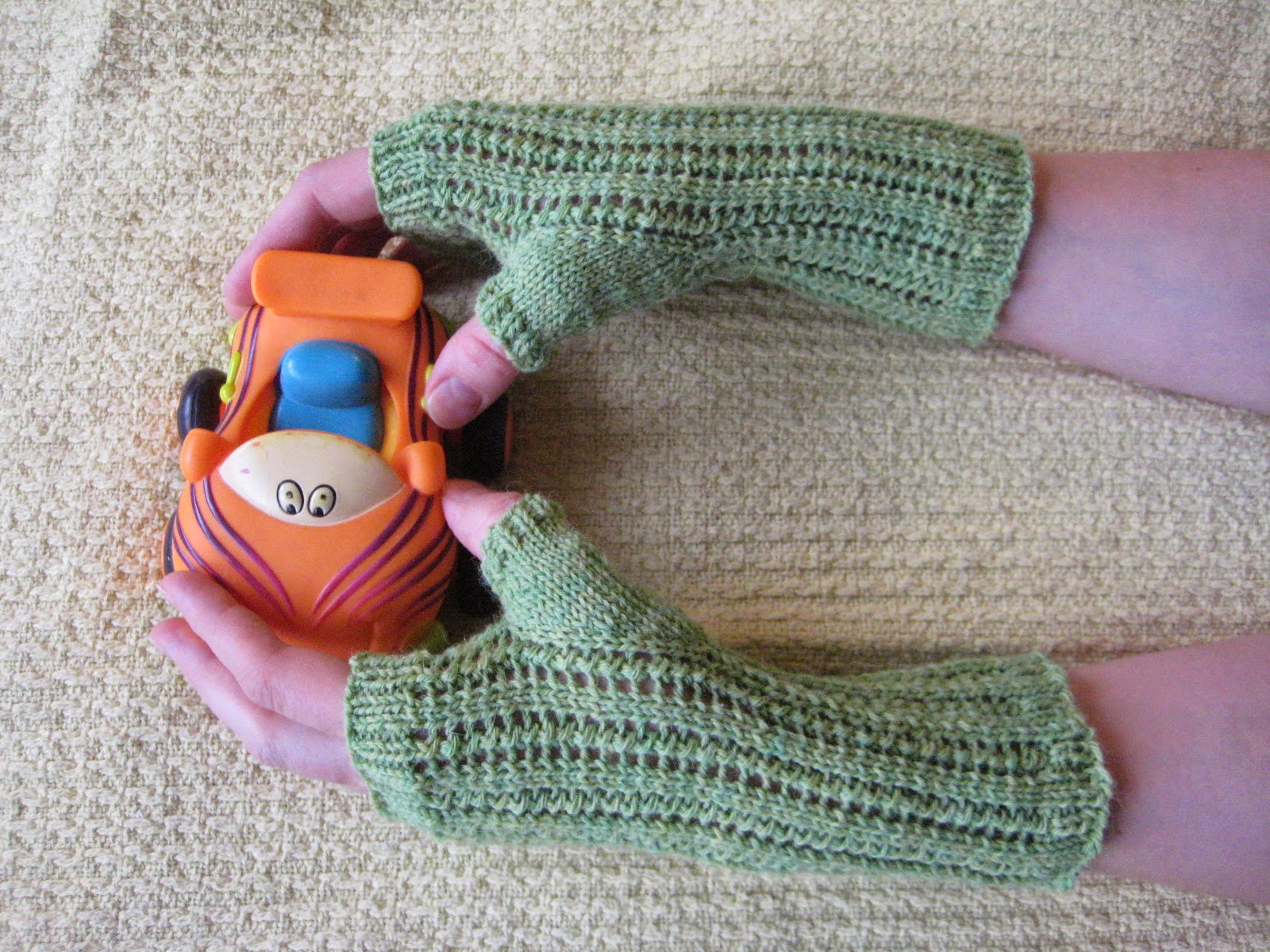 |
| Pretty Plum Cowl |
I won't deny it - the entire motivation for this cowl was finding a nice way to knit up this beautiful, nicely-textured yarn. And I think that this particular combination of cables, stockinette, and an openwork lace suits the yarn's variegation well, and gives the piece a bit of visual interest without getting totally swallowed by the color changes. It's also a nice weight for spring!
 |
| A closer look at the cable-edged stockinette and lace pattern. |
Needles: One 24" circular needle in size 6, cable needle (cn) or double pointed needle for cabling
Notions: Tapestry needle, seven stitch markers
Gauge: 22 stitches = 4 inches
And now that that's out of the way, let's get started! First, then, cast on 136 stitches, place marker, and join in round. Then, knit the following set-up rows, during which you'll be placing all of your extra markers. Oh, and you'll need the following notation:
bc (back cross): slip 2 stitches to cn and hold in back, k2, k2 from cn






